Optimal Timing for Flood Remediation
Flood remediations are most effective when performed promptly after a flood event to minimize damage and prevent mold growth. The optimal time for remediation is during dry weather conditions, which allows for thorough drying and cleaning processes. Delaying flood remediation can lead to structural issues, health risks, and increased costs.
Immediate action after flooding helps reduce water damage and mold development. Quick response minimizes long-term property issues.
Remediation during dry weather ensures effective drying and reduces moisture-related problems.
Spring and summer often provide better conditions for flood remediation compared to winter, when freezing temperatures can complicate drying.
Monitoring weather forecasts helps in planning flood remediation activities during periods with minimal rain.
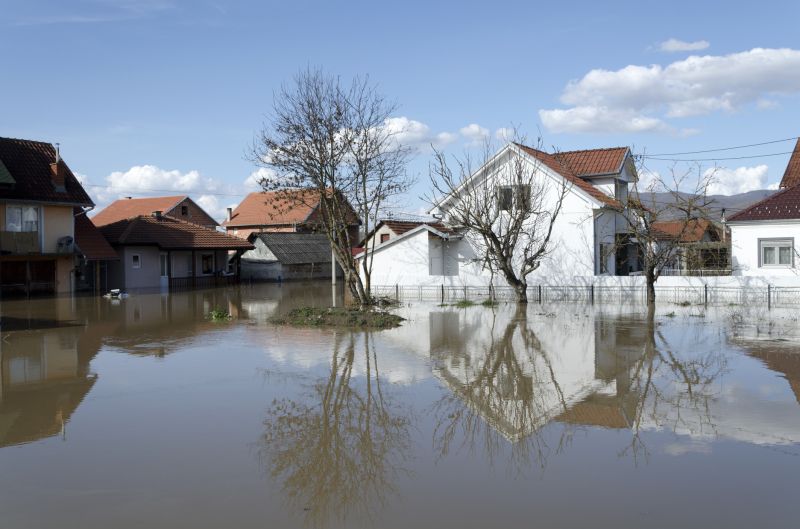
Assessing flood damage promptly is crucial for effective remediation.
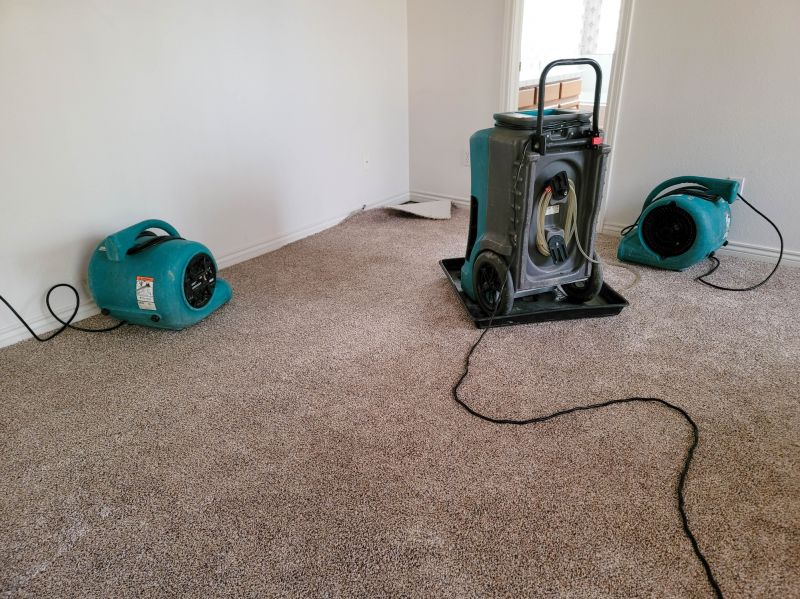
Using industrial dryers during dry weather speeds up moisture removal.
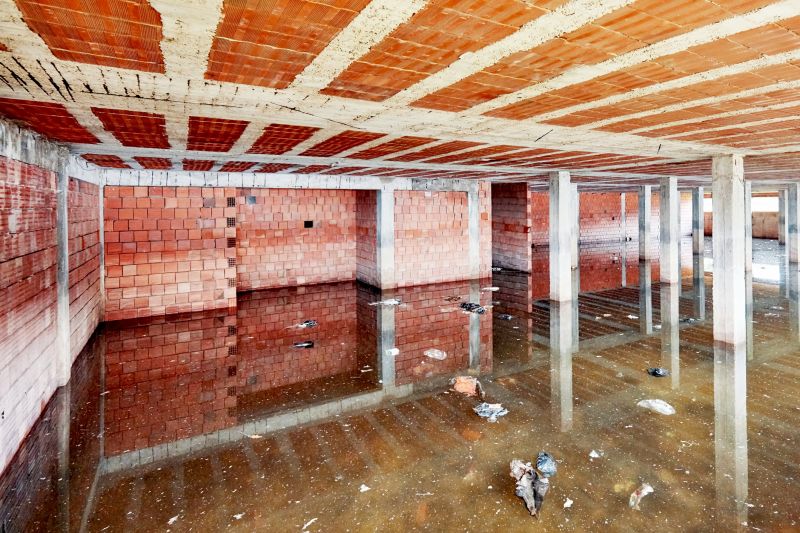
Timely cleanup prevents mold and structural issues.
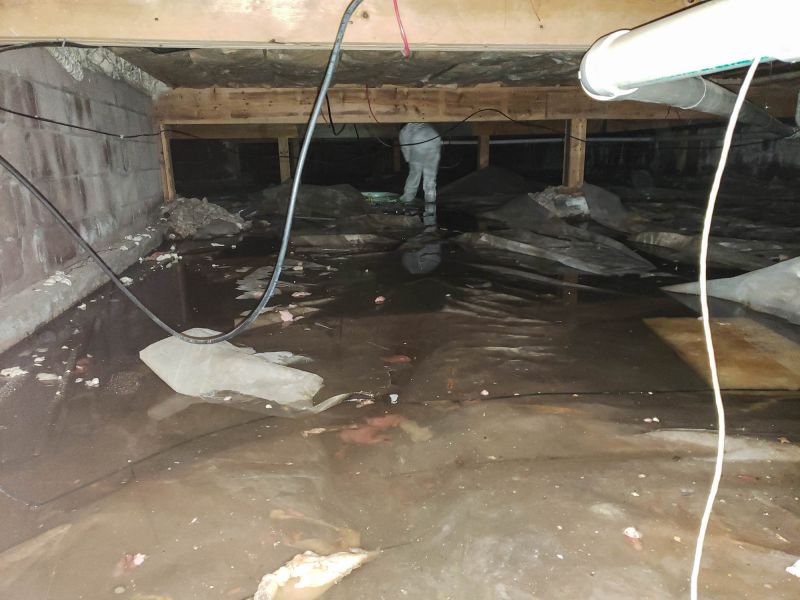
Ways to make Flood Remediations work in tight or awkward layouts.

Popular materials for Flood Remediations and why they hold up over time.

Simple add-ons that improve Flood Remediations without blowing the budget.
| Factor | Impact on Flood Remediation Timing |
|---|---|
| Weather Conditions | Dry weather facilitates faster drying and cleanup. |
| Flood Severity | More severe floods require immediate action regardless of season. |
| Property Type | Basements and underground structures need special timing considerations. |
| Seasonal Temperature | Warmer temperatures improve drying efficiency. |
| Availability of Resources | Access to remediation equipment is easier during certain seasons. |
| Flood Frequency | High-risk periods may require pre-emptive remediation planning. |
Flood remediations involve specialized procedures to restore properties affected by water damage. These procedures include water extraction, drying, cleaning, and mold prevention. The effectiveness of these steps depends heavily on the timing of intervention. Prompt remediation reduces the risk of structural deterioration and health hazards caused by mold and bacteria growth.

Removing standing water quickly limits damage.
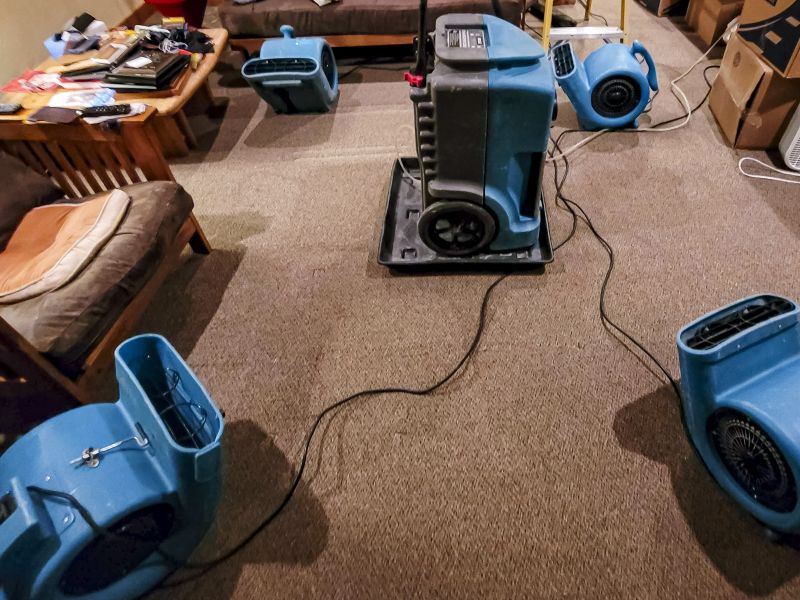
Drying equipment accelerates moisture removal.

Timely drying inhibits mold growth.
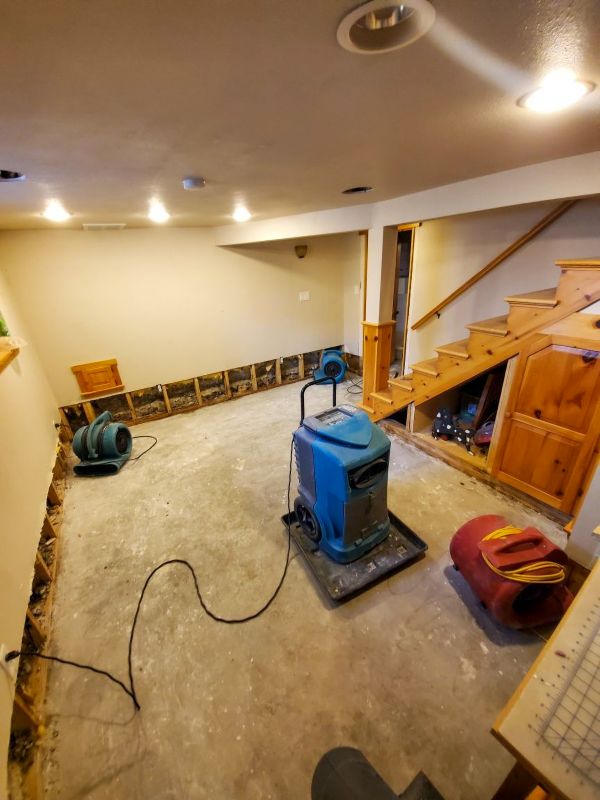
Ensuring thorough drying of structural components.
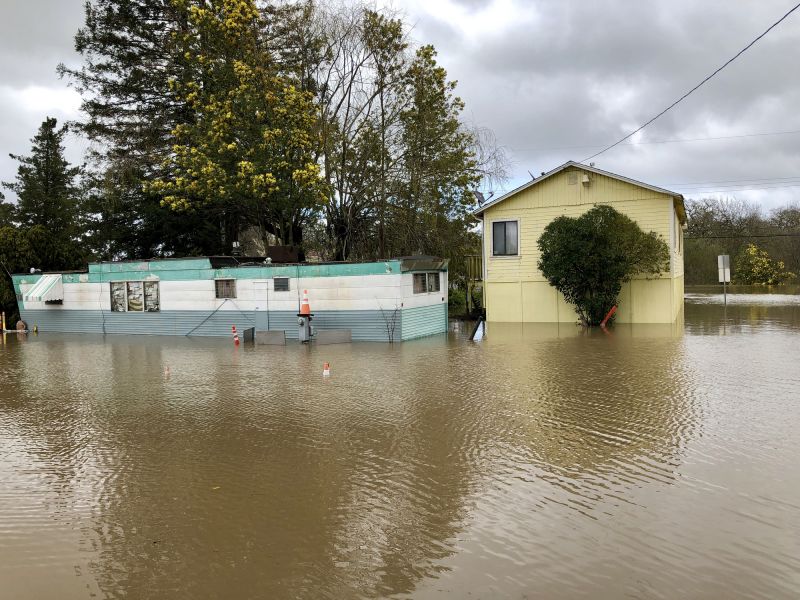
High-end options that actually feel worth it for Flood Remediations.
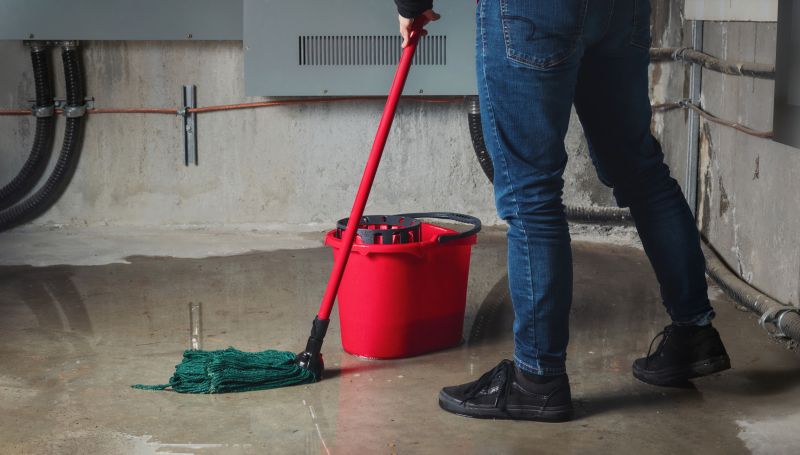
Finishes and colors that play nicely with Flood Remediations.
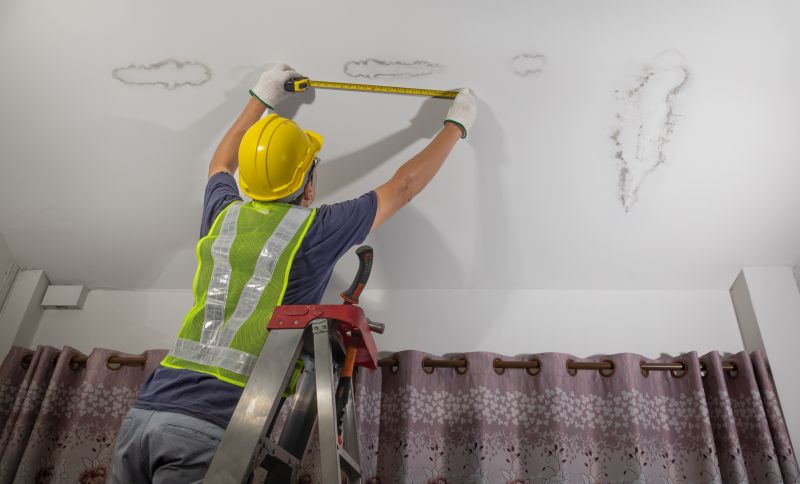
Little measurements that prevent headaches on Flood Remediations day.
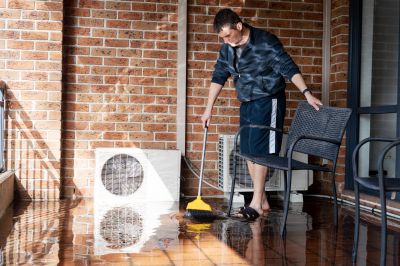
A 60-second routine that keeps Flood Remediations looking new.
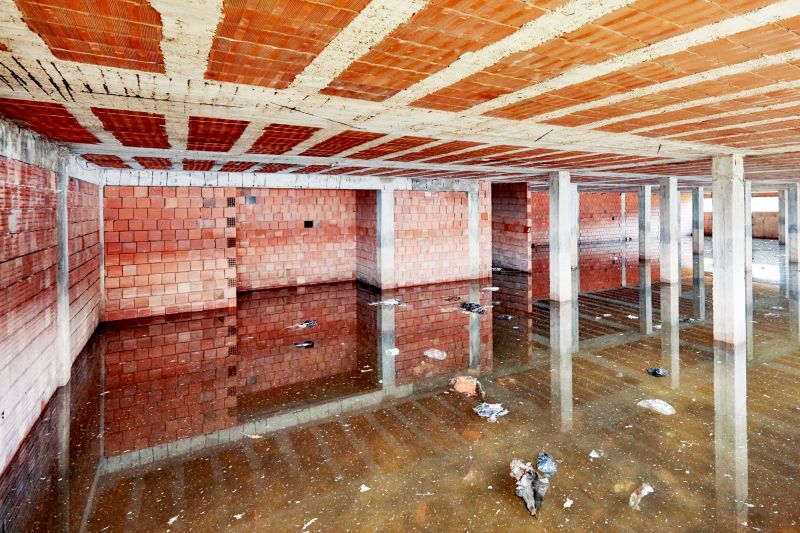
A frequent mistake in Flood Remediations and how to dodge it.

Small tweaks to make Flood Remediations safer and easier to use.
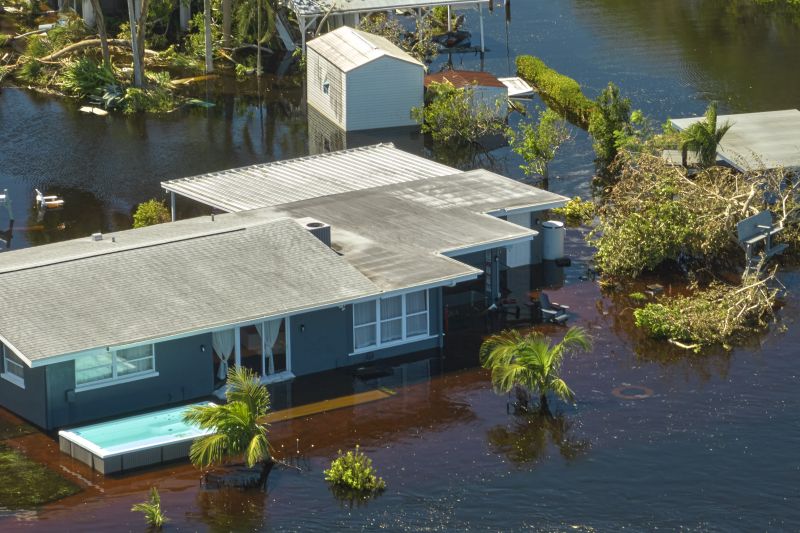
Lower-waste or water-saving choices for Flood Remediations.
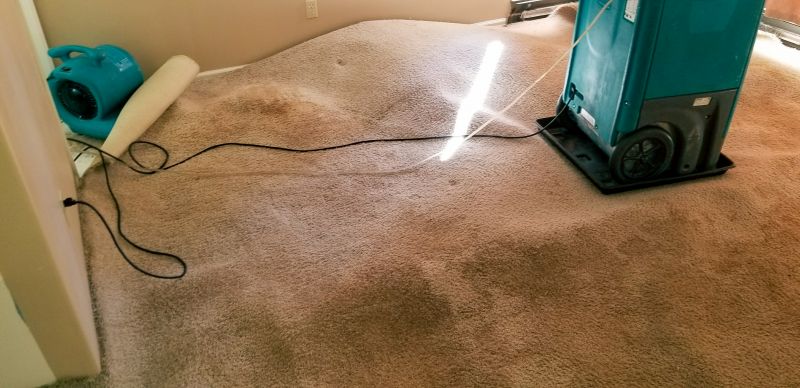
The short, realistic tool list for quality Flood Remediations.
Understanding the optimal timing for flood remediations can significantly impact the success of recovery efforts. Immediate response during suitable weather conditions ensures effective drying, reduces health risks, and minimizes repair costs. Planning ahead for high-risk seasons and monitoring weather patterns can enhance preparedness and response efficiency.
